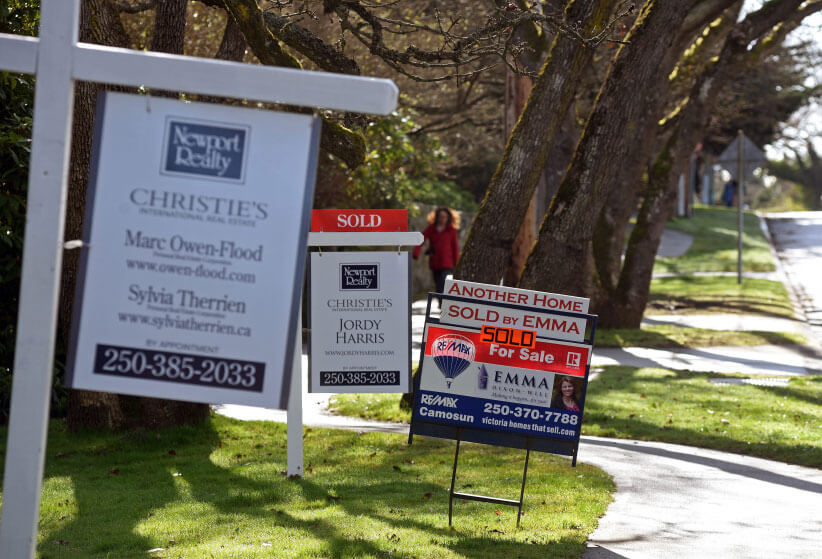How to cool a scorching hot real estate market
All the ways governments could ease conditions for first-time buyers
Advertisement
All the ways governments could ease conditions for first-time buyers

 These rule changes are a blunt instrument, and apply to markets across the country—not just Toronto and Vancouver. The mortgage industry is still aggrieved about the changes, partially for that reason. Will Dunning, chief economist for industry group Mortgage Professionals Canada, made a submission to the Standing Committee on Finance recently, arguing the changes will “weaken the broader economy.”
These rule changes are a blunt instrument, and apply to markets across the country—not just Toronto and Vancouver. The mortgage industry is still aggrieved about the changes, partially for that reason. Will Dunning, chief economist for industry group Mortgage Professionals Canada, made a submission to the Standing Committee on Finance recently, arguing the changes will “weaken the broader economy.”
Share this article Share on Facebook Share on Twitter Share on Linkedin Share on Reddit Share on Email